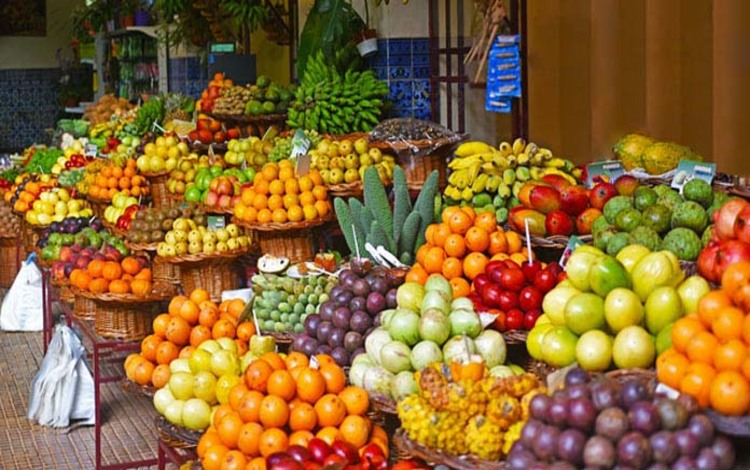Every year-end, a tradition that will never be absent from Filipino families is the arrangement and preparation of 12 types of fruits every New Year. This culture is considered a symbol of abundance, luck, and hope for the coming year. Aside from the delightful taste of the fruits, it has become customary to give them as gifts to relatives and friends.

The significance of the 12 fruits every New Year carries cultural meanings. It is a way for Filipinos to pay homage and express gratitude for the blessings received in the past year. Each fruit holds a hidden meaning, often aligned with the desired luck for the upcoming year.
Different types of fruits represent various aspects of life. For example, grapes carry the symbolism of hope and prosperity, while apples bring about health and well-being. Bananas are known as symbols of abundance and progress, while the whole coconut brings peace and harmony.

Arranging the 12 fruits makes the celebration of the New Year a quieter and happier occasion. This ritual allows families to allocate time for each other, fostering unity and togetherness despite the challenges and trials they may have faced in the past year.
It’s not just a simple ritual of preparing food but a cultural heritage that involves careful reflection on the importance of family and collaboration. By paying attention to the selection and arrangement of fruits, the tradition also teaches the importance of examining our health and nutrition.
As each year passes, Filipinos show their hope and positive outlook on life through this simple ritual. It serves as a reminder to everyone that, amidst changes and challenges, there are traditions that provide us with strength and inspiration to face the new chapter of our lives.

With the abundance of colors and flavors from the fruits, each Filipino family dedicates a lively welcome to the New Year. In preparing the 12 fruits, it’s not only the stomach that is satisfied but also the heart filled with hope and gratitude for the blessings brought by the past year.
